Winemakers, perhaps even more notoriously, wine marketers, are well known to call a Vintage the best one of the Decade or Vintage of the Century. In Bordeaux, with the long ageing requirements and en-primeur system of selling wine years before it’s ready for bottling and consumption every year is, funnily enough, at least good. In Australia when you work with the winemaking community, we prefer to take the piss a bit, it’s usually “Vintage of the Year” and we reserve our judgements for a little later.
2013 Barolo and Barbaresco have been receiving the hype in a big way. Best year since 2010 they say! 2010 being vintage of the century.
Before we delve into what I’ve actually tried from 2013 so far, and if that’s a reality, two quick tips.
Tip 1: NEVER JUDGE A WINE SOLELY BY THE VINTAGE!
I wrote an article about Vintage Chart’s and why the suck a while back and the same principles still apply.
It’s just far too broad a criteria. The Vintage conditions can set a baseline for quality, from there, the specific site, viticultural practices, age of the vines, decision on picking time and every step of the winemaking practice can turn those grapes into vinegar or liquid gold.
Although broader Barolo is relatively small, it has still been broken down into 5 main communes, Barolo, La Morra, Serralunga, Castiglione Falletto, and Monforte d’Alba, with a few minor communes. Some have sub-communes, and all, noted Cru vineyards, of which most have multiple owners.
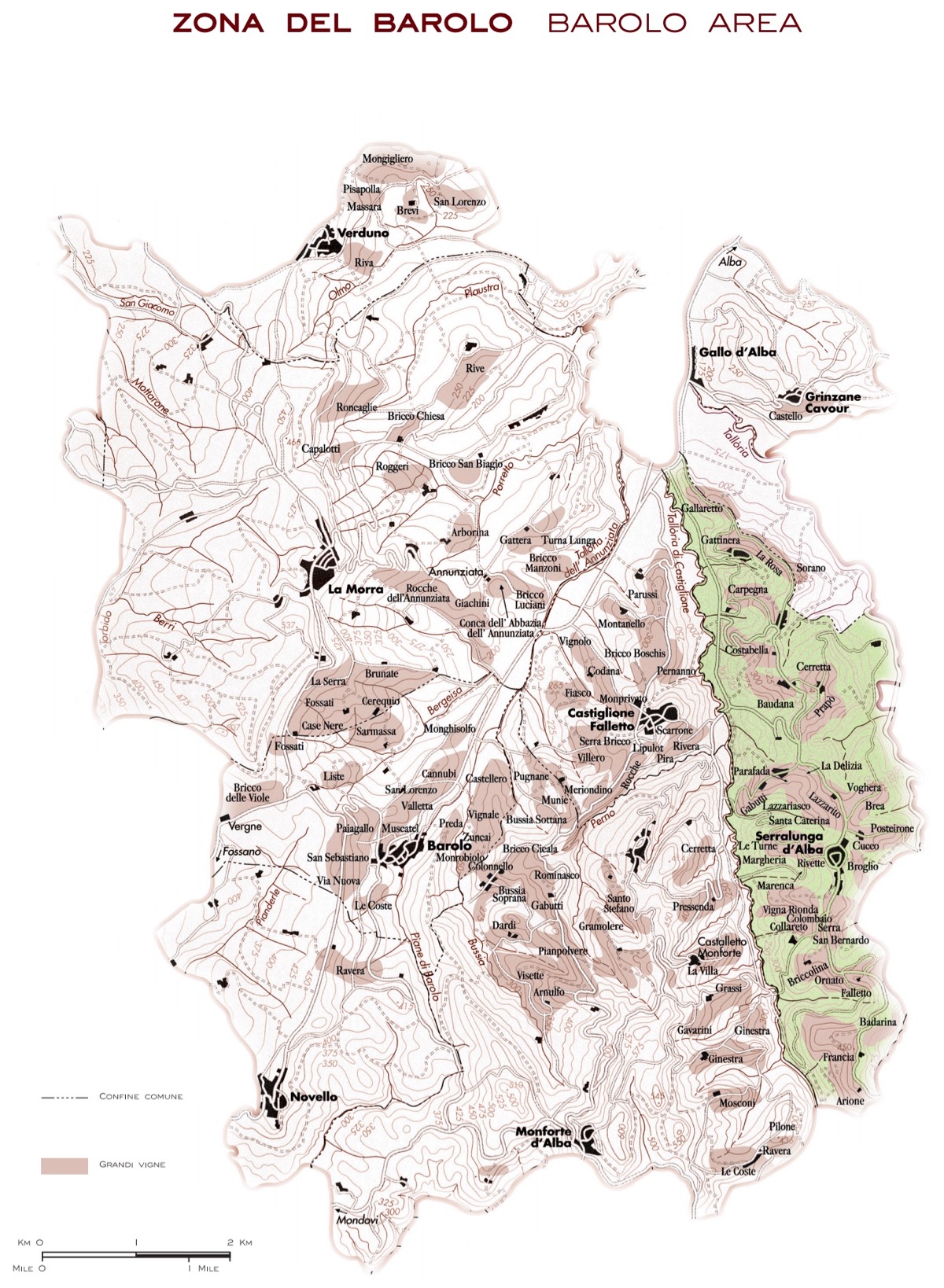
Drive the hills of Barolo and you’ll see dramatic changes in aspect and soil type.
When I was making wine at Yarra Yering, I could often sit on the hill at the top of the vineyard perfectly dry watching the vineyard across the road being drenched. In just a few hundred meters annual rainfall could be 20% higher. Barolo is about 8km wide at it’s widest point, there’s a fair chance you’ll get variation across that distance. Add to that Barbaresco being a 15minute drive from Barolo, and, it’s easy for one to have a good year whilst the other has a bad one. 2011 is classic example, those wise to the warm year in Barolo made good wines for the year. Across the road in Barbaresco, it was a very different year and the base level is stronger. Produttori’s Cru wines from 2011 are all crackers.
With all the variables in play the only way to truly determine if a wine is any good is to try it. As I mentioned in my article about vintage charts, I bought Mouton-Rothschild based on vintage, only to find that the wine was stuffed, not just a bad bottle, a winemaking fault that affected all bottles.
So, in order, I rate the quality of wine by:
- Tasting the actual wine.
- The track record of the winery & continuity of the core team.
- The vintage, using it only to set a baseline.
Tip 2: Get ahead of the curve!
One of the great advantages of the extended maturation and delayed release of Barolo and Barbaresco, is the ability you have to try Nebbiolo wines classified as Langhe 2-3 years ahead of the release of the Barolo’s and Barbaresco’s.
Whilst the fruit for a Langhe Nebbiolo can come from the broader region, if you know your producers and where they source their fruit from, you’ll know, many Langhe Nebbiolo’s are declassified Barolo and Barbaresco. Get them from the right producers, and, you’ll have a good idea of the quality of the vintage. Over time you workout whose wine will give you the best indicators. Vietti’s Perbacco is a good place to start! The 2013 is epic value and a stunning drink. Unfortunately long gone, but, a clear indication of the quality 2013 held for Vietti.
Equally, you can get Dolcetto and Barbera from only a year ago and start to get a feel from the vintage drinking them. Tough gig, someone’s got to do it.
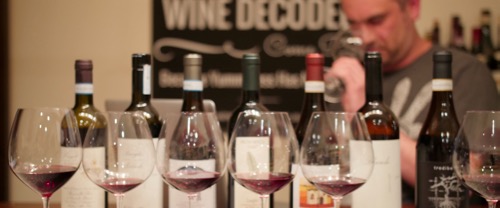
You can also grab a few of the Barolo & Barbaresco wines that come through earlier in the release cycle to get your eye in. Sure drinking them young is a bit of infanticide, but, it can help give you more confidence in a bigger investment over more producers for any particular vintage. Grab a couple of wine lovers, split the cost, take a look at the wine without food, with a feed, and, save a bit to try the next day. Not only will you start to get your head around the vintage, you’ll share a glass of Filthy Good Vino with friends. It’s a win-win!
How does this work with pre-arrival offers?
Sometimes I just don’t get to taste the wine prior to offering it. In those circumstances I can only refer to experience of the vintage in general, usually I’m “Ahead of the Curve”, having tried some of the producers earlier release wines. Then I have to rely on the consistency of the winery, acknowledging if any change in the core team has occurred, and, beyond that the opinions of trusted others. My relationship with importers who will have tasted the wines in barrel, and, understanding their tastes, is essential. There are some professional wine critics that I refer to.
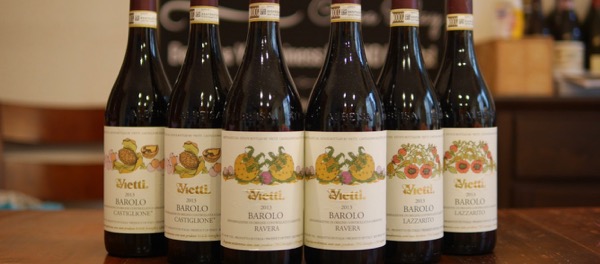
That said there have been circumstances, only 1 to date, where I offered a wine based on the importer’s thoughts, only to pull it from the market after trying it, fully refunding any customers who had bought the wine. When I take a risk, I will never pass that onto the Wine Decoded Community!
A quick update on the 2013 Barolo & Barbaresco Vintage so far.
So far I’ve tried 2013’s from Luciano Sandrone, Domenico Clerico, Vietti, Produttori Barbaresco, Vajra, Baudana, Ratti, Paolo Scavino, Massolino & Azelia amongst many others. I drink a lot of Barbaresco and Barolo, last month’s tally would have been close to 50 Barolo and Barbaresco wines.
Overall it’s been a vintage with lovely ripe tannins, great depth and length of flavour. For some it has produced atypical wines. For most I have found them wines of complexity, layers of lovely tannins, perfume, wonderful flavours and intrigue. Obviously, there’s stylistic differences.
Yes, I have confidence in the vintage as having set a high baseline for both regions. Now just to keep tasting!
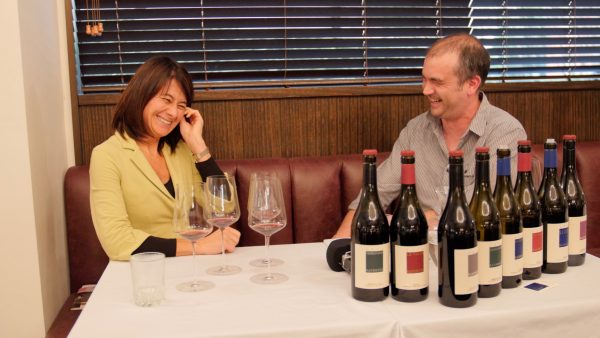
The most upsetting reality is that many will discard the very good to exceptional 2012’s in favour of the 2013 as often happens when a very good vintage is paired next to a great one. 2010 and 2009 being a good example. I’ve seen this happening with 2014 red Burgundy, next to 2015.
More for me! I just drink them at the right time.Years like 2012 and 2009 give you something to drink while you’re waiting for the almost excessively long lived 2010’s and 2013 to settle. 2012 Giacomo Conterno Cascina Francia, was better drinking a couple of weeks ago than 2010, yes 2010 will likely end up the better long-term wine.
I can guarantee if you put one on the table without declaring the year, near everyone, would be happy to drink it every day of the week and twice on Sunday!
A note on the Barolo & Barbaresco we choose to buy. There are a wide diversity of wines I’ll buy and offer for Wine Decoded, they must:
- Be well balanced.
- Have a great core of fruit to support them.
- A lovely mouthfeel, can be supple and soft or more robust and masculine, but must be quality tannin.
- Be fresh, yet have enough development pre-release to not be raw, they will undoubtedly still benefit from age.
- Have a personality, the little spark that makes them interesting.
- Not be dominated by oak, if I wanted to drink oak I’d go lick a tree. I expect oak to add a subtle layer of complexity, playing a supporting role.
- Have style! Ranging from feminine, elegant, sophisticated, to bold and brooding. The differences of style make Barolo and Barbaresco such an incredibly exciting wine to drink.
Modern vs Traditional Producers … Where’s it all going?
Like so many wine regions around the world, experimentation with different fermenters, oak handling and technology has continued to run its course.
At the extreme “Modern” end of small new oak use, there has been considerable moderation. The Botti that were cut into pieces with chainsaws a few decades ago are seeing a return replacing new barriques. In many wineries barriques of 225L are being replaced by puncheons of 500L. The change in surface area to volume from barrique to puncheon dropping the impact of any new oak by a whopping 75%. Clerico (below) is a great example of this, increasing the percentage of large oak and even ceramic eggs. From a technical perspective the older the oak, the lower the amount of oak tannin, flavour and aroma are imported. The same applies the larger the oak. The other factor to consider is oxidation of the wine. The larger the oak the slow the ingress of oxygen into the wine, slowing reactions like tannin polymerisation which softens mouthfeel, and, keeping the wine fresher for longer without the need for sulphur addition.
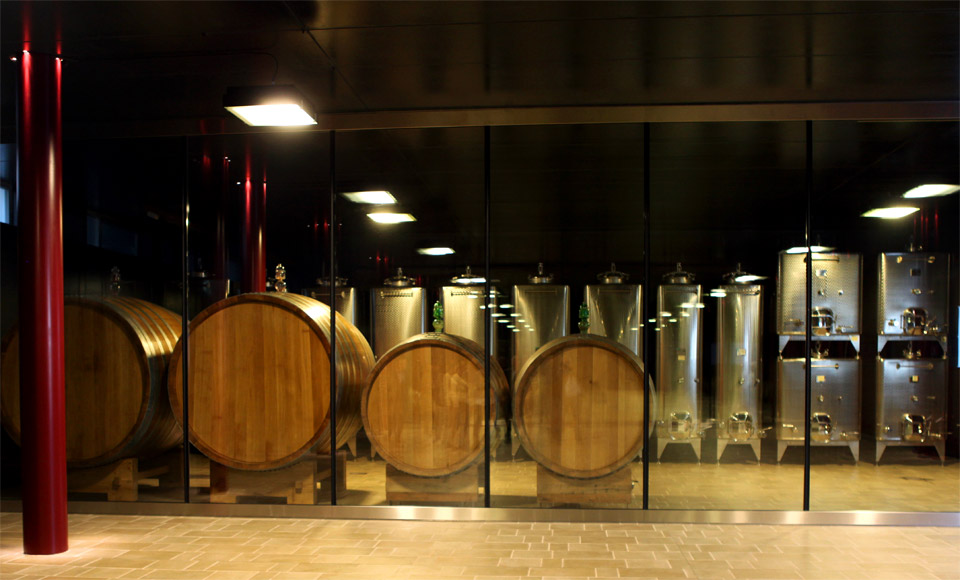
At the traditional end we’ve seen the deployment of subtle technologies that raise the consistency and baseline quality without dominating the wine with any particular character. Examples would be more down the line of improved hygiene and temperature control during fermentation. Bartolo Mascarello, the uber-traditionalist has seen a step up in consistency since 2004.
In a discussion with Gaia Gaja, she echoed the sentiment of many saying the conversation in Piedmont is not so dominated by Modernist vs Traditional anymore, the extremes have moved toward the centre. It’s more about how they continue to make better wine.
Tasting verticals of many of the great producers supports this. I try and share thoughts after these tastings in the Wine Bites Mag in the Winery & Wine Review Section. In our two most recent sessions we looked at Giacomo Conterno Cascina Francia from 2001-2012 and Capellano Pei Francesca and Rupestris from 2001-2012. Both epic. The most fascinating vertical was a 50 year vertical of Gaja Barbaresco that showed 4 clear phases of evolution. Interestingly I tried a 1999 Gaja Barbaresco recently and whilst in alignment with my notes from the vertical, the oak had settled in a litte. Just goes to show you’ve got to keep trying to see where they’ll end up, sometimes that takes decades.
Obviously there is still a continuum and those resting at the extremes, but, fewer than in the recent past.
It’s important to remember that changes aren’t isolated to the winery. The rapid increase in the price of Barolo over the last couple of decades makes it easier for producers to justify reductions in yields, and, increased spendin on labour, retrofitting with different trellising systems, and, even, replanting vineyards. Roberto Voerzio would be a classic example of this. His Cru Barolo now commanding near $400 a bottle.







You must be logged in to post a comment.